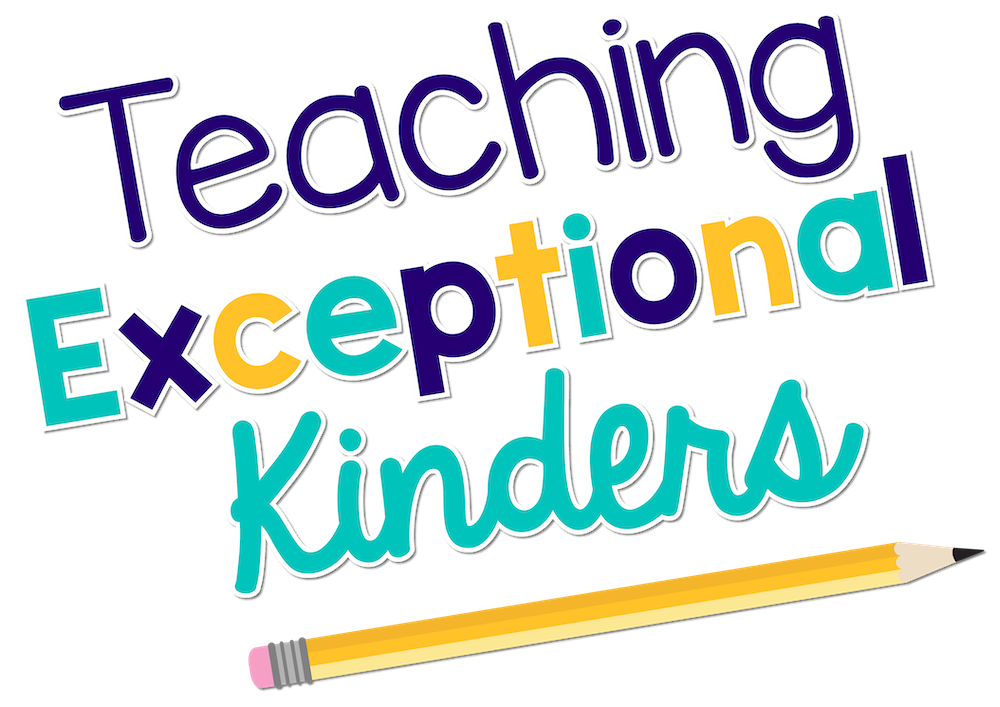How to Create an End of the Year Memory Book for Kindergarten
Kindergarten is one of the biggest education milestones for a child. It can also be one of the more difficult years to remember as students get older. This is why it’s a great idea to create an end of the year memory book for kindergarten!
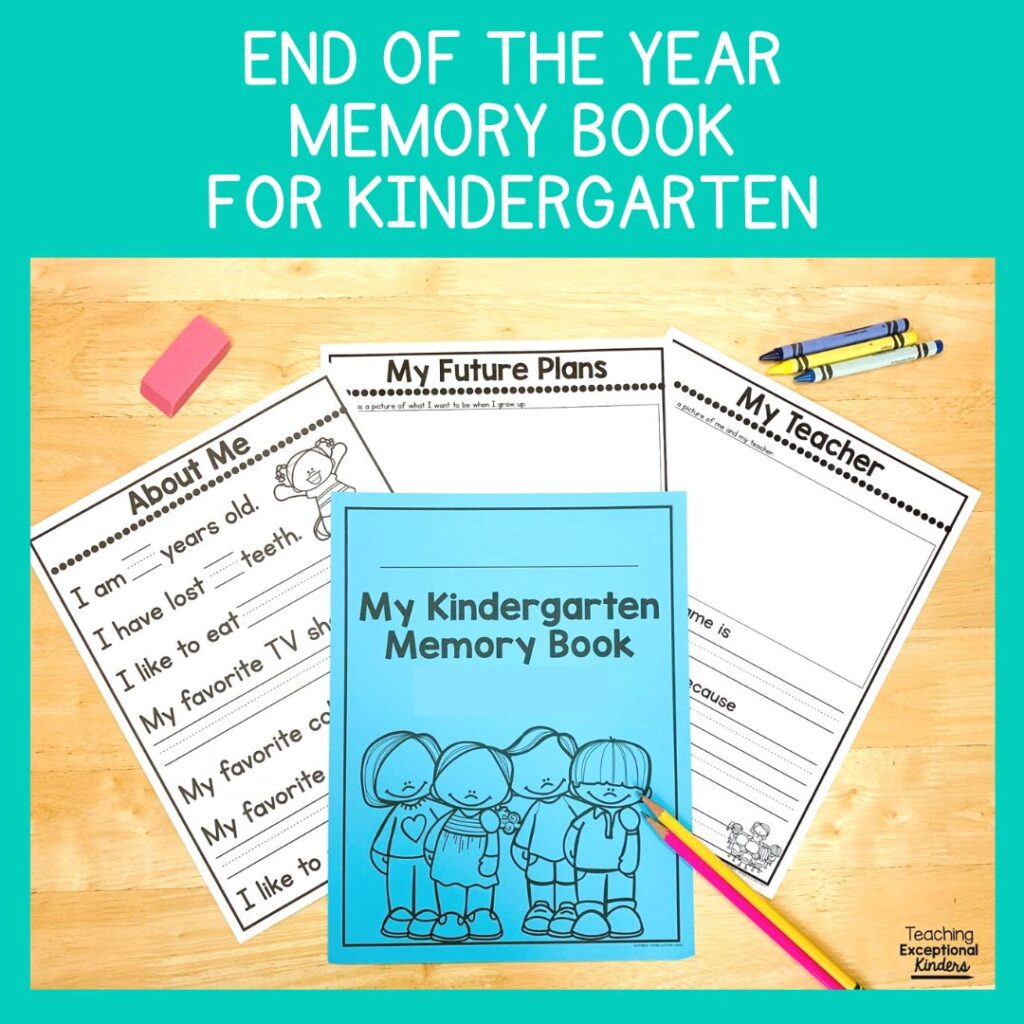
3 Reasons to Create an End of the Year Memory Book
With so many things to do in the last few weeks of school, it’s important to prioritize the activities that you include in your lesson plans. There are several reasons why an end-of-the-year memory book should make the cut!
Meaningful Writing Practice – Toward the end of the year, it can be difficult to keep students engaged in skill practice. They’ll be excited to use their writing skills as they fill out the pages of their memory book!
Adorable Keepsake – There’s something special about a kindergarten keepsake. These adorable memory books will be treasured by your students and their families for years to come!
Positive Reflections – The process of creating an end of the year memory book is a great way to reflect on positive memories from the year. As you discuss the different experiences you’ve had as a class, it’s a great way to help students end the year with happy memories.
How to Create a Kindergarten Memory Book
Creating a keepsake book is different in kindergarten than older grades. This can be a big project for young students! I wanted to share some helpful tips for creating an end of the year memory book.
1. Be Selective
There is no shortage of ideas when it comes to memory book pages! It’s important to be selective about which pages you’d like to include in an end of the year memory book. The best part of this activity is that you can choose which pages you have your students complete. Here are some ideas for pages that you might want to include:
- All About Me
- My Friends
- Memorable Field Trip
- What I Learned
- My Accomplishments
- When I Grow Up
- School Memories
- All About My Teacher
- My Favorite Part of School
- Autographs
- Plans for Next Year
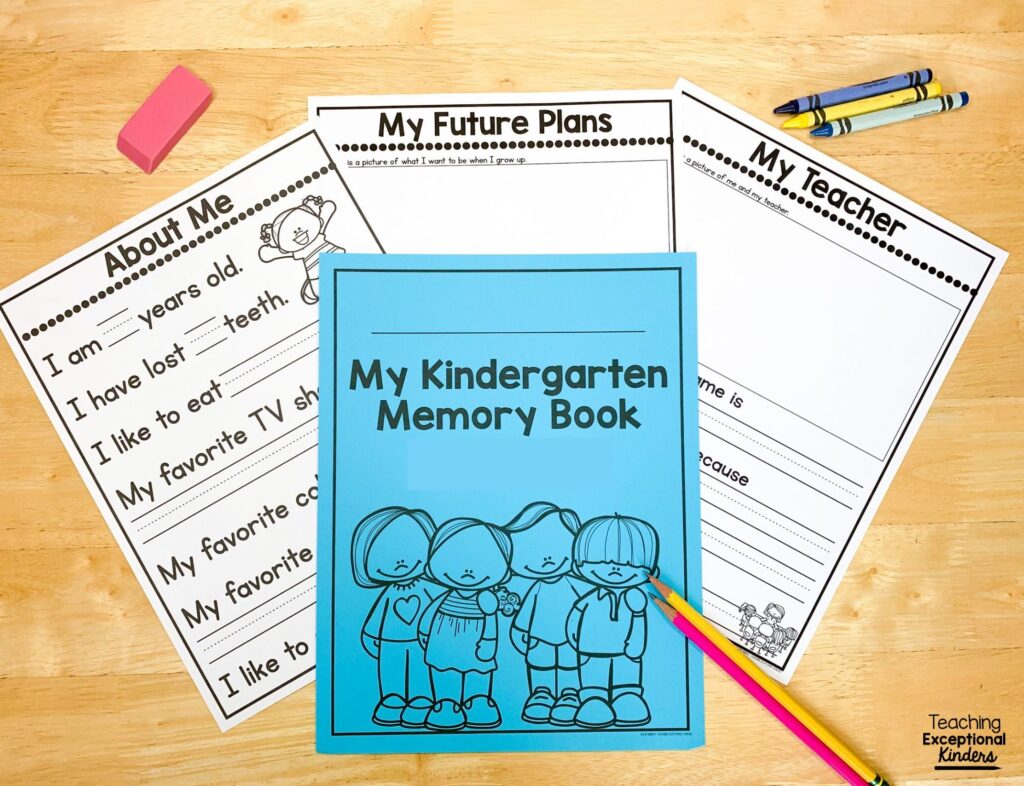
2. Start Early
In upper elementary classrooms, a memory book is often used as an activity for the last day of school. Kindergarteners need a bit more time! This is a project that you should start in the last couple of weeks of school. This gives your class plenty of time to work on the individual pages of their keepsake books.
Another reason to start this project early is the fact that there are so many schedule interruptions during the last few weeks of school! In addition to that, you might find that tasks take longer than usual due to student behavior. Overall, this is definitely not a project that you can use to fill time on the last day of kindergarten!
3. Complete One Page at a Time
Instead of focusing on the final product, treat your end of the year memory book as a stack of low-prep writing activities for the last weeks of school! Each page is a fun writing activity that your students will love to complete and illustrate! You can work on these pages during small group time, in literacy centers, or as a whole class.
Completing one page at a time makes the project seem much more manageable! You don’t have to worry about setting aside large chunks of time to work on the memory books. Plus, you don’t have to worry about the unfinished memory books getting lost or damaged if the pages are given to students one page at a time.
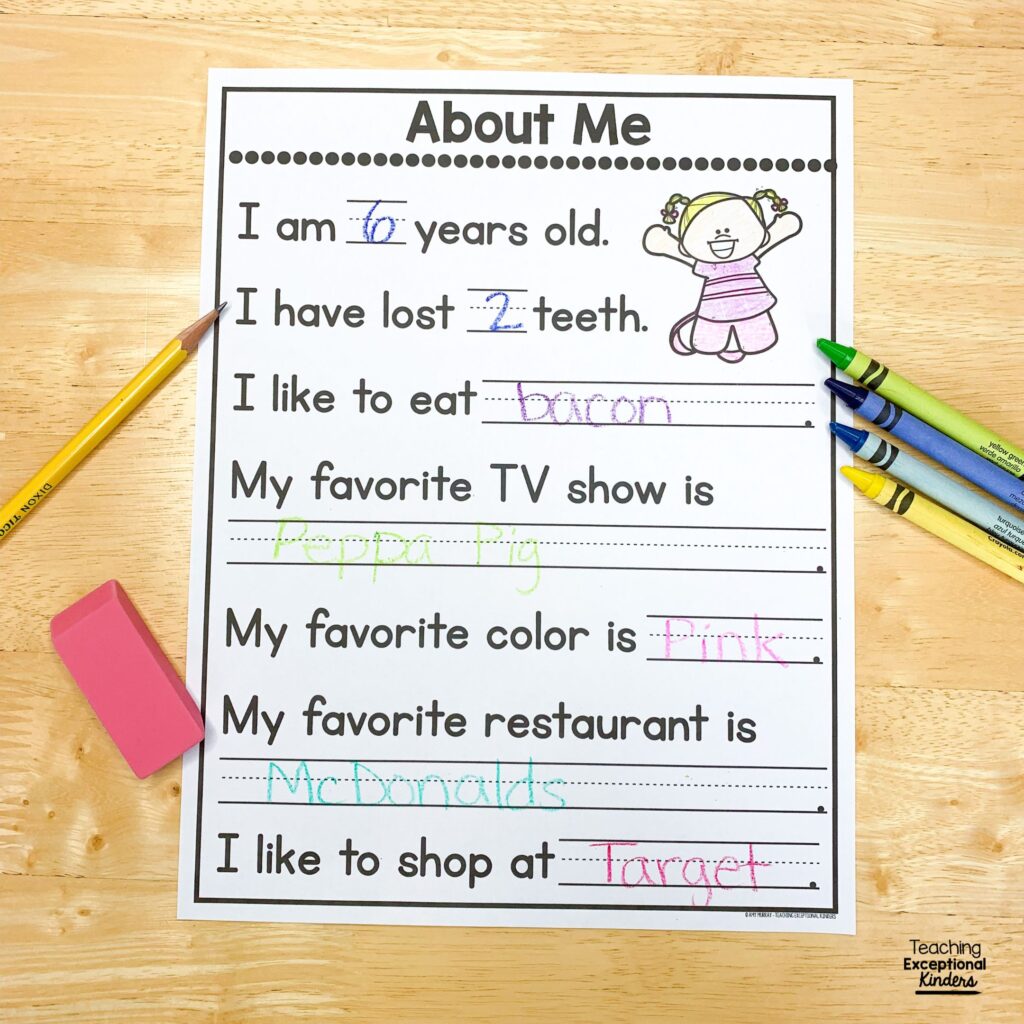
4. Compile As You Go
Use the “touch it once” philosophy when it comes to the pages of your end-of-the-year memory books. As students complete their pages, put them straight into whatever organization system you have set up for keeping the pages organized. Whether it’s hanging folders in a crate, pocket folders in a tote, or tabbed sections in a binder, try to avoid creating piles of pages that need to be filed.
When it’s time to assemble the books, you’ll just have to give each student’s papers a quick once-over to make sure everything is in order before binding. As an alternative, you might decide to bind all of the blank pages before you start to work on the books. Keep reading to see why you might want to keep the pages separate.
5. Keep Track of Missing Pages
Another important organization tip is to have a procedure in place for marking off the pages as they’re completed. That way you don’t have to flip through the folders to see if students have completed a particular page. You can just check your list! This is especially helpful in the last few weeks of school when it feels like there are more absences and pull-outs than usual.
6. Present the Books
Be sure to take the time to present the memory books to your students and give them time to look through them. With everything going on at the end of the year, it can be tempting to just add them to their cubbies and let them take them home.
They will be so excited to see all of their hard work assembled into a memory book! This is one reason why it’s fun to work on the individual pages separately rather than in a pre-assembled book. Students won’t see the final product until it’s complete, which can be special for them during your end of the year celebration.
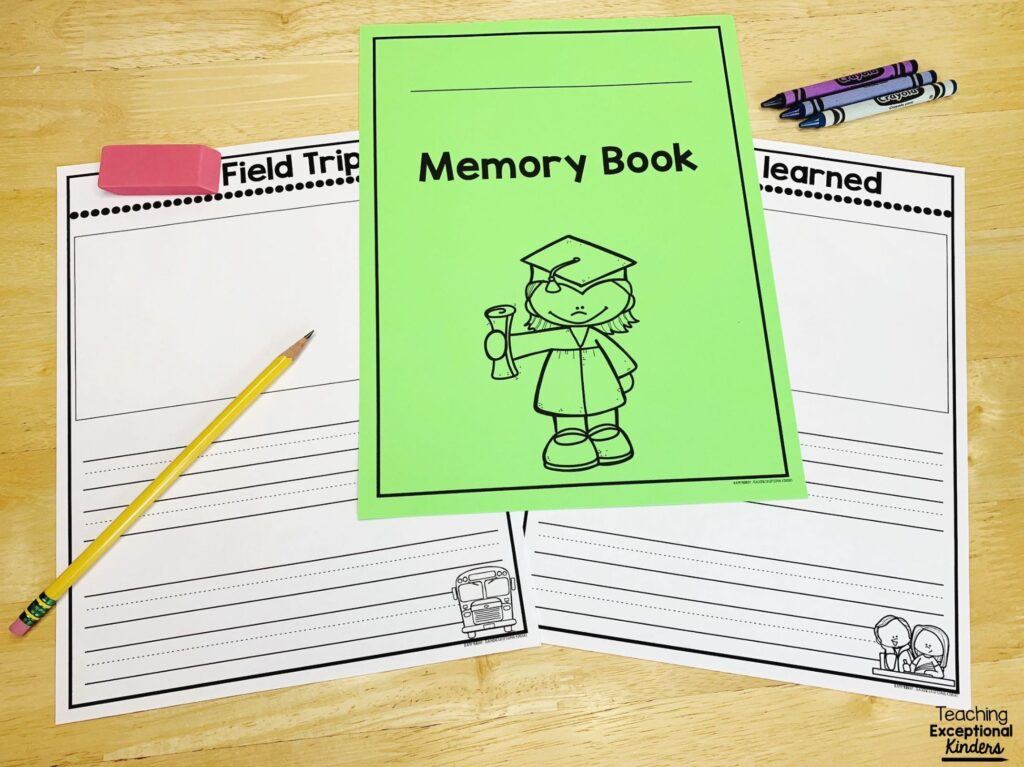
Printable End of the Year Memory Book for Kindergarten
If you’d like to put together an end of the year memory book with your students, I have created a resource to make it easy! These low-prep writing activities are perfect for putting together a special keepsake for your students to remember their time in kindergarten. Inside this resource, you’ll find editable cover pages and a variety of memory book pages that you can use to assemble an end of the year keepsake that your students will love! It also includes a Seesaw version to help your students to put together a digital memory book.
If you’d like to take a closer look at this resource you can find it in the Teaching Exceptional Kinders shop or on TPT.
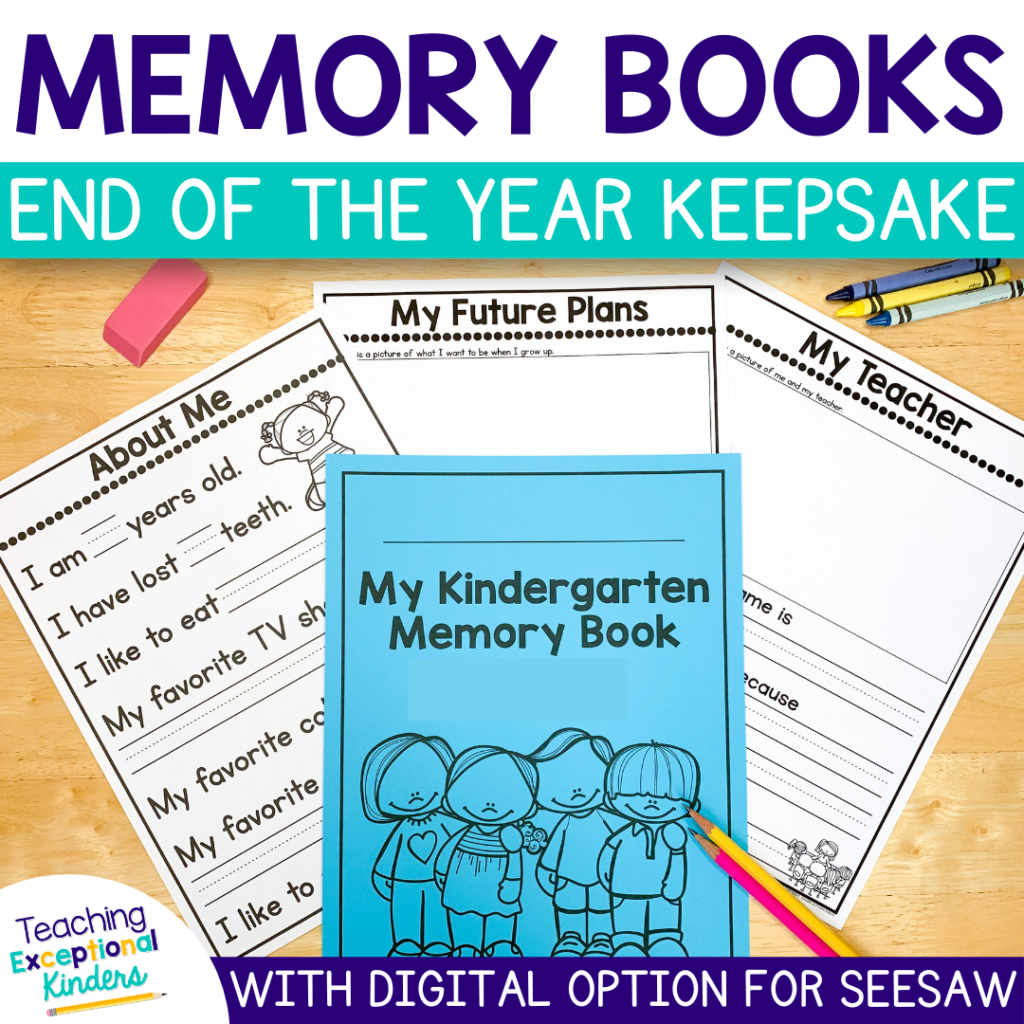
Save These Memory Book Ideas for Kindergarten
If you’d like to find this printable memory book later, be sure to save this post! Just add the pin below to your favorite teaching board on Pinterest!
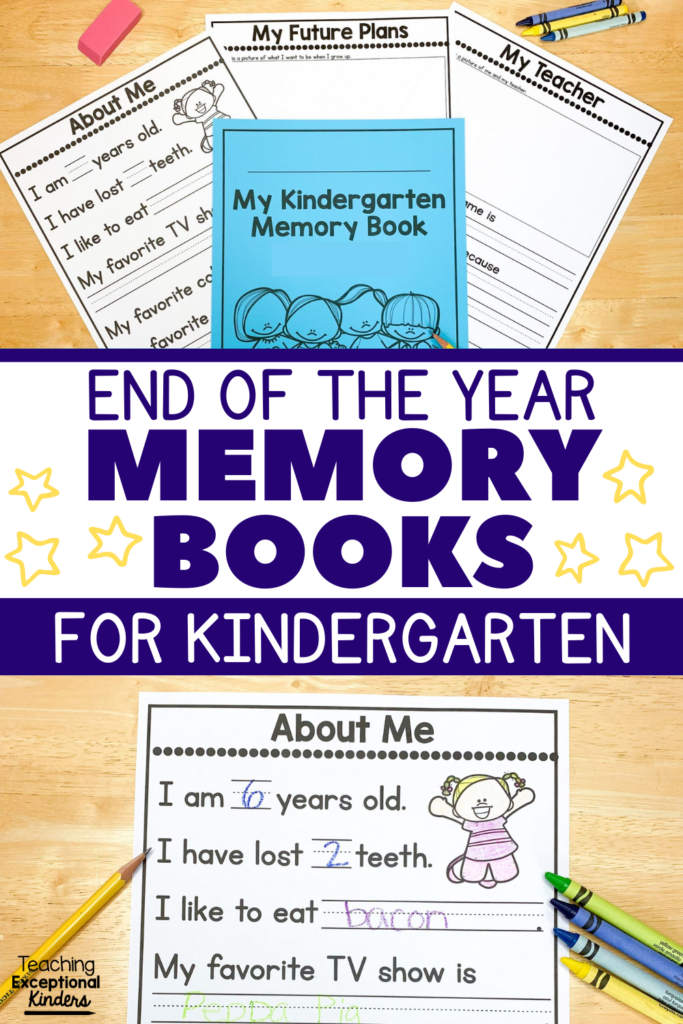
Amy
SITE DESIGN BY LAINE SUTHERLAND DESIGNS

